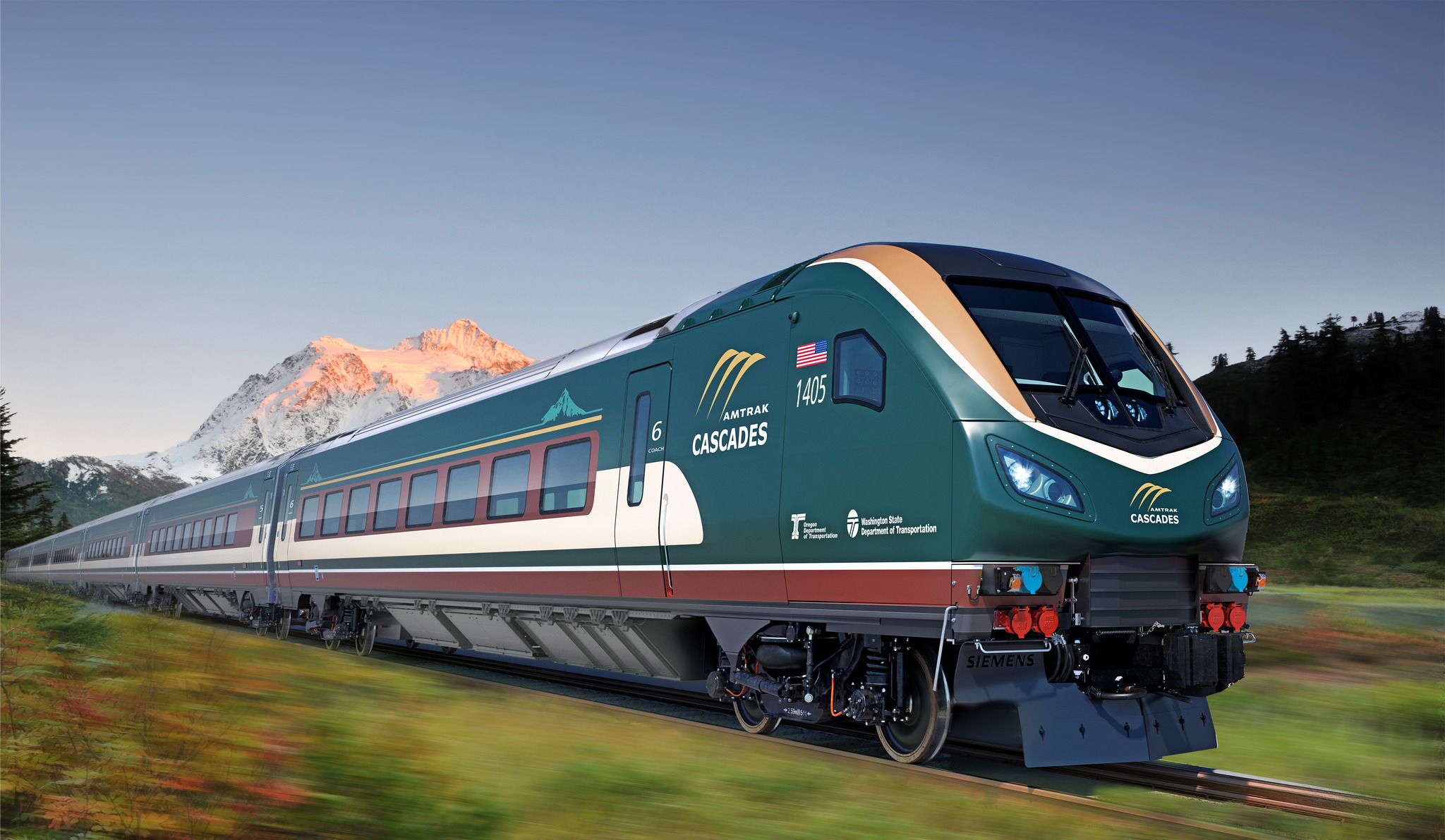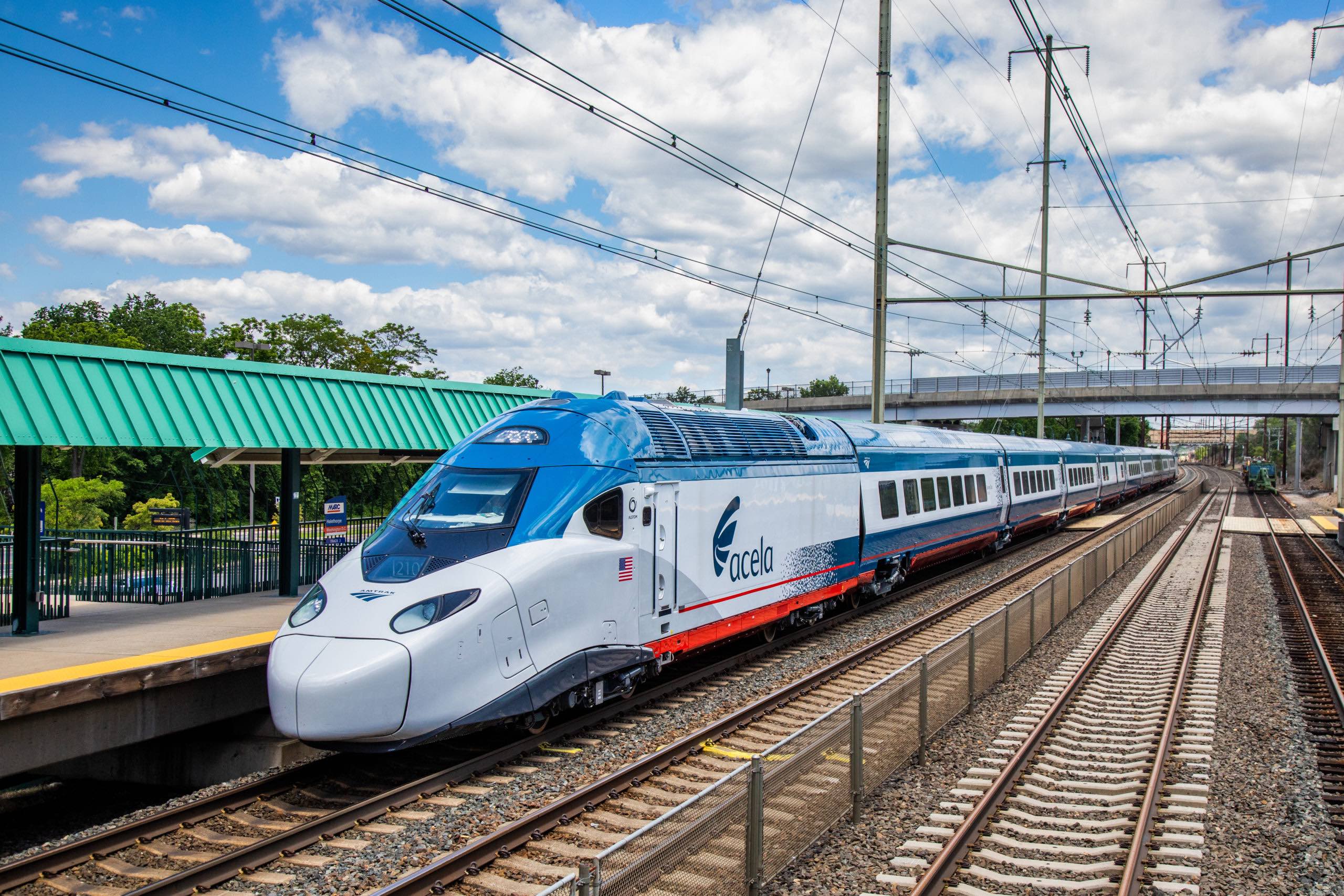The Cascadia Ultra-High-Speed Rail in the Pacific Northwest Corridor is a proposed high-speed rail line that, if approved, will stretch from Oregon to Vancouver. The 466-mile-long corridor is one of the 11 federally designated higher-speed rail corridors in both the United States and Canada. The three segments of the Pacific Northwest high-speed rail system connect major metropolitan areas of the region. This includes Seattle, WA; Portland, OR; Eugene, OR; and Vancouver, British Columbia. What’s more, all three segments of the Pacific Northwest high-speed rail system have advanced to the Planning/Environmental stage. Additionally, they are part of the federally designated Pacific Northwest High-Speed Rail Corridor.
Train speeds
The maximum train speeds projected up to 250 mph. Further, the proposed Pacific Northwest high-speed rail system is primarily based on incremental improvements to existing freight railroad right-of-way. In August last year, a team of Democrats called for the federal government to fund the construction of the line. A congressional delegation in Washington stated that the proposal had the “potential to transform the Pacific Northwest.”
The Cascadia Ultra-High-Speed Rail cost
The proposed cost is US$42 billion. Studies for the high-speed rail began in 2017 when the Washington State Legislature budgeted $300,000 for a preliminary feasibility study which was completed in December the same year. Technology options, route options, preliminary financing and funding models were analyzed. Microsoft paid $60,000 for this preliminary study. They also sponsored an earlier economic analysis report which served as the catalyst for this preliminary study commissioned by Washington state.
In January 2019, the Washington State Legislature passed a bill that approved up to $900,000 to study the creation of a high-speed rail authority in Washington state if additional funding sources could be identified. The British Columbia provincial government agreed to contribute CA$300,000 towards studying a cross-border governance model for the high-speed rail authority. Additional funding for the balance came later on from Oregon and Microsoft.

Previous studies have shown that Cascadia UHSGT has the potential to attract increased investment from employers in the region. Additionally, it will create as many as 38,000 construction jobs, 3,000 operating and maintenance jobs, and 160,000 permanent new jobs across the wider economy. Cascadia UHGST will increase the transportation network capacity, without adding a burden on existing freight rail tracks. Adding capacity to accommodate future growth will benefit business and freight movement by improving the reliable transportation of goods and people.
Current project progress
WSDOT and the Policy Committee had an unprecedented opportunity to submit two federal funding grant applications in early 2023 to the U.S. FRA for Cascadia UHSGT planning, totaling $198.1 million. The support from the Policy Committee, coupled with $50 million in matching funds from the Washington State Legislature, enabled the application submissions.
Also Read:
The Top 10 Largest Railway Networks Globally
GTIS and Clyde Capital Unveil Plans for $250M Asante Trails Project in Surprise, AZ
Europe-Africa Rail Tunnel Project to Connect Two Continents
First tender for Lisbon–Porto high-speed rail line project floated
Construction of the Brightline West high speed California to Las Vegas rail to begin
Planned Overhaul of Uganda’s Old Metre Gauge Railway in Final Stages
